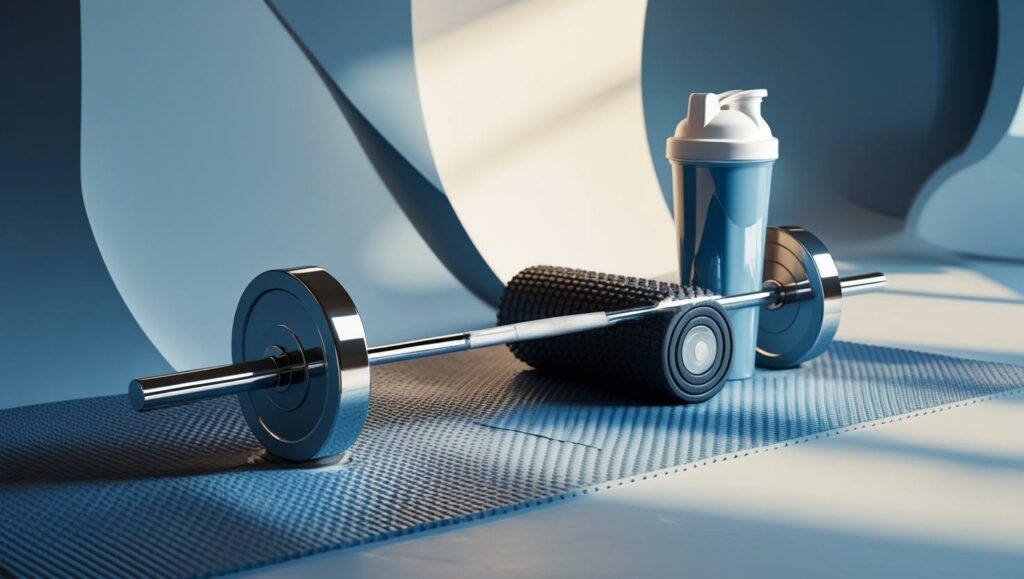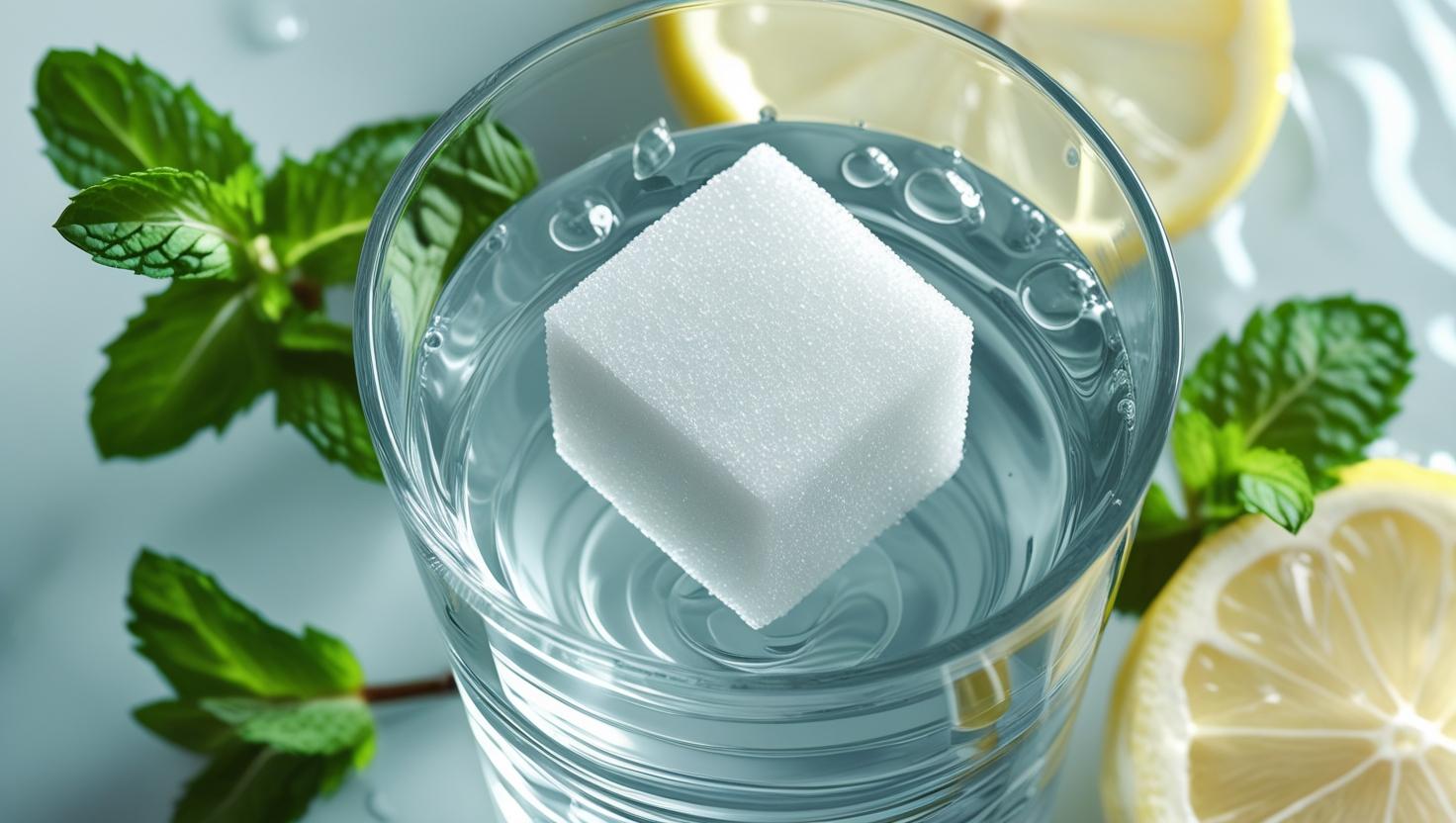Understanding the science of soreness, recovery, and smart training can help you avoid injury, maximize performance, and stay consistent in your fitness goals.
What Causes Muscle Soreness?
Soreness is often caused by microscopic damage to muscle fibers. It usually occurs when you challenge your body with a new exercise, increase intensity, or push through an especially tough session.
This damage isn’t bad — in fact, it’s how your muscles grow stronger. But when recovery isn’t managed properly, it can interfere with performance and even lead to overtraining or injury.
The Difference Between Good and Bad Soreness
There’s a difference between the normal fatigue of a good workout and pain that signals something more serious. Mild soreness can feel like tightness or dull aching in the muscles, while sharp or stabbing pain could point to injury.
Listening to your body helps determine when it’s okay to push forward and when it’s better to rest or modify.
Is It Safe to Train When You’re Sore?
If the soreness is mild and doesn’t affect movement patterns or joint stability, it’s usually safe to continue training. However, adjusting your workout to lower intensity or changing the muscle group you’re targeting can support recovery without hindering progress.
The answer to should you workout if you’re sore depends on the degree of soreness, your goals, and your recent workload. Sometimes active recovery can actually enhance muscle healing.
Benefits of Active Recovery
Light movement increases blood circulation, bringing nutrients and oxygen to damaged muscle tissues. This can reduce soreness duration and promote better recovery.
Examples of active recovery include:
- Walking or light cycling
- Yoga or mobility work
- Swimming or water aerobics
- Foam rolling and stretching
These help maintain routine while easing the load on your body.
When Rest Is the Best Option
If soreness is so intense that it limits mobility, posture, or joint function, it’s a sign to take a full rest day. Forcing movement under these conditions can impair healing or even cause compensatory movement patterns that lead to imbalance or injury.
Respecting your body’s need for rest is a key part of building strength and staying healthy in the long run.
How Recovery Supports Progress
Muscles don’t grow during training — they grow during recovery. Sleep, nutrition, hydration, and stress management all contribute to muscle repair. Without proper recovery, soreness accumulates and performance declines.
Balancing workout intensity with recovery strategies ensures longevity in training and prevents burnout.
Smart Training Habits
To minimize excessive soreness and reduce interruptions to your training routine, follow these guidelines:
- Gradually increase intensity and volume
- Warm up thoroughly before workouts
- Incorporate rest days or low-impact days into your week
- Prioritize post-workout stretching and hydration
Consistency beats intensity. Build a routine that supports your body instead of breaking it down repeatedly.
Nutrition for Muscle Recovery
The body needs adequate fuel to repair damaged tissue. Post-workout meals should include a balance of protein and complex carbohydrates to replenish glycogen and support muscle synthesis.
Supplements like BCAAs, magnesium, and omega-3 fatty acids may also help reduce inflammation and soreness when used correctly.
Hydration’s Role in Recovery
Include electrolytes when needed, especially after sweating heavily during intense sessions.
What the Research Says
Studies have shown that moderate activity can help reduce the perception of soreness. Foam rolling, dynamic stretching, and low-intensity cardio all show benefits in reducing muscle discomfort post-training.
The consensus: listen to your body, avoid high-intensity repetition of the same muscle groups when sore, and stay mobile within limits.
Should You Push Through or Pause?
If your soreness is manageable, consider modifying your workout. Change the targeted muscles, lower your reps, or do mobility work instead. This helps you stay in rhythm without increasing injury risk.
But if you’re limping, unable to sit, or feel overly fatigued, a full rest day is likely your best option. It’s not weakness — it’s wisdom.
Respect the Recovery Process
Recovery is a skill as important as lifting or running. Athletes and fitness enthusiasts who understand how to balance rest and effort tend to perform better long-term. Rest days, mobility sessions, and sleep all fuel your progress just like reps and weights do.
Rather than asking if soreness means skipping or training, ask what your body needs most that day.
Key Takeaways
Should you workout if you’re sore? The answer lies in awareness. Mild soreness can be moved through. Sharp pain or extreme stiffness needs time off. Mixing rest, active recovery, and nutrition is the smartest strategy to stay strong, agile, and consistent.
There’s no medal for pushing through pain — but there’s real progress in training with intention.






